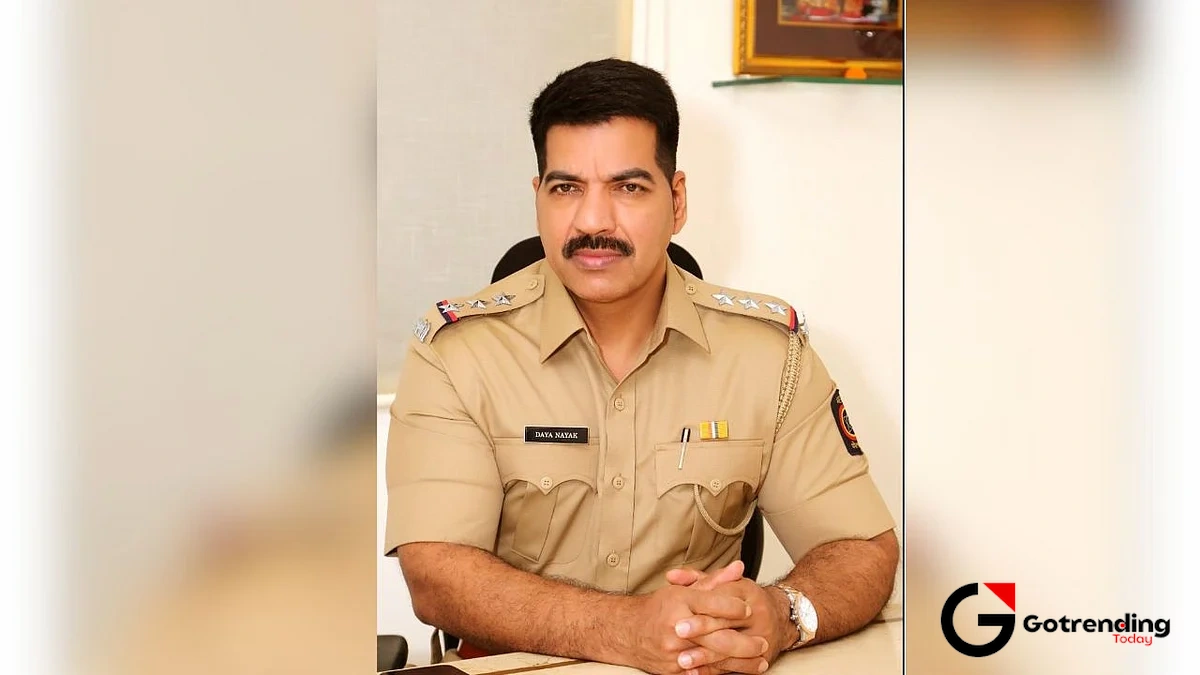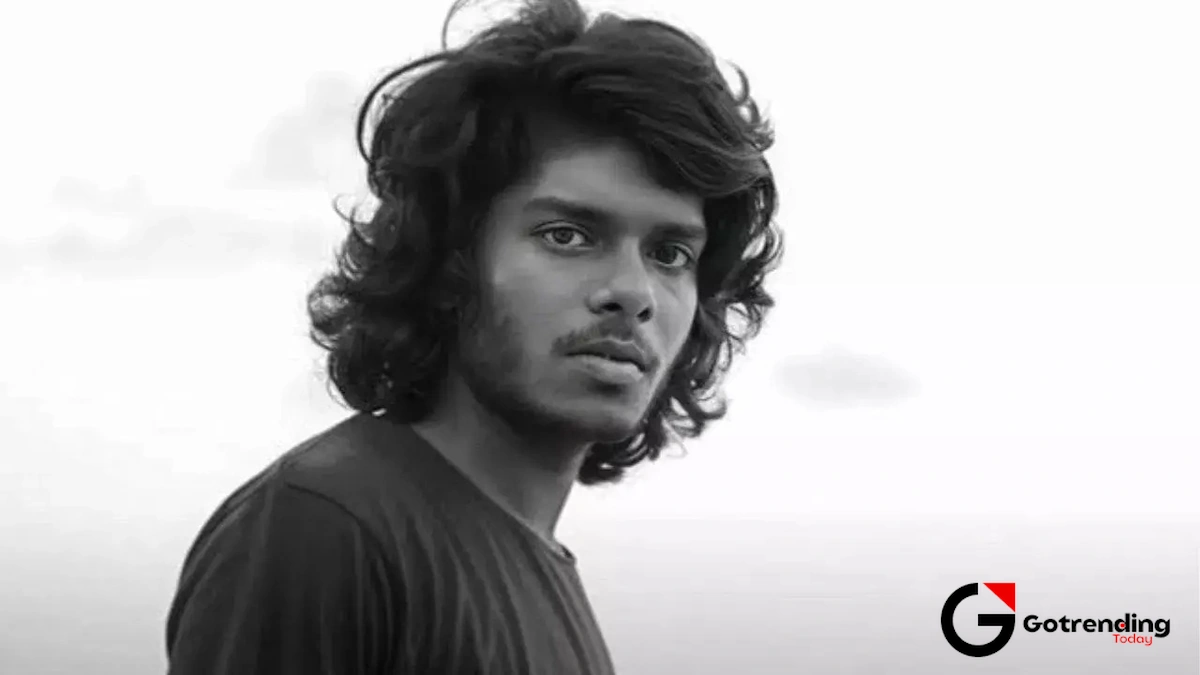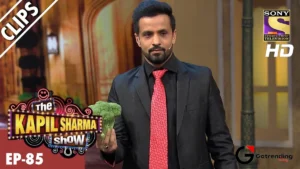The Unkillable Legend of Daya Nayak | Mumbai’s Most Cinematic Cop
You know the name. Even if you think you don’t, you do. It’s a name that feels less like a person and more like a movie title, whispered in the grimy, rain-soaked back-alleys of 1990s Mumbai. Daya Nayak . It carries the scent of gunpowder and the distinct echo of a Bollywood background score.
For a generation, he wasn’t just a police officer; he was an answer. An answer to the rampant underworld crime that had the city in a chokehold. The media called him an “encounter specialist.” A hero. A supercop. The man who brought cinematic justice to the streets, one bullet at a time.
But here’s the thing about real life. It’s never that clean. The real story of Daya Nayak is far more complicated, more fascinating, and infinitely messier than any film script could ever be. It’s a story of incredible bravery, murky ethics, and the dizzying fall that often follows a meteoric rise. And I’ve got to admit, digging into it feels like peeling back the layers of a city’s soul.
The Rise of the Encounter Specialist
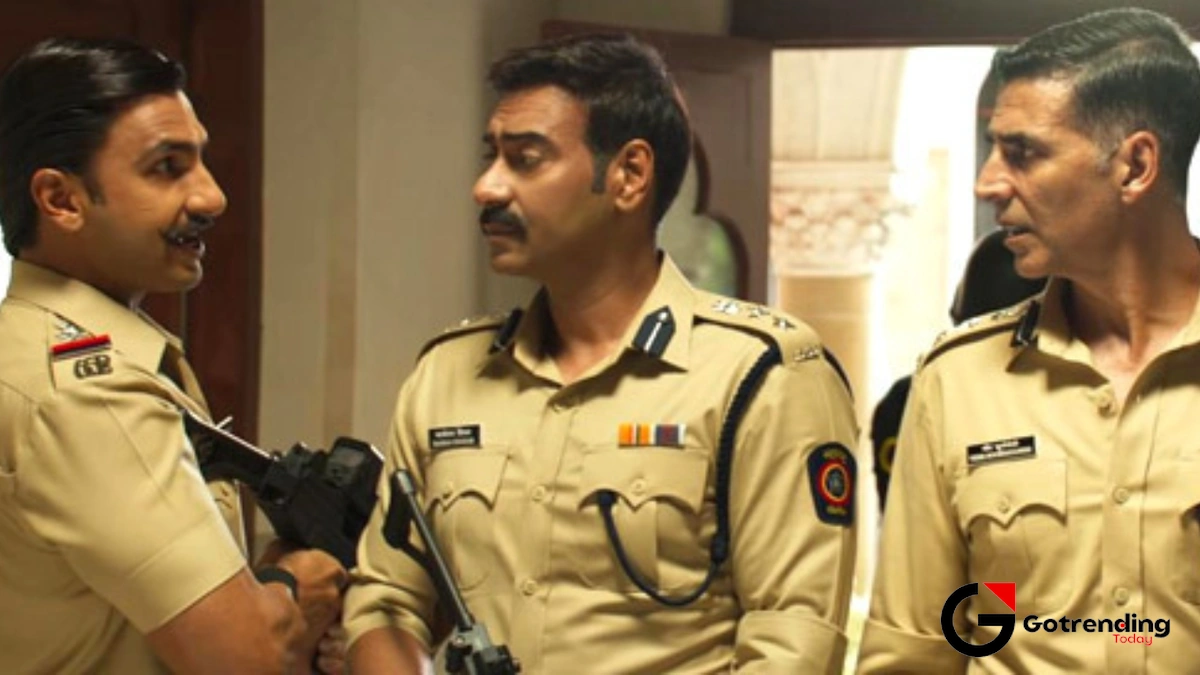
Let’s set the scene. The 1990s. Mumbai wasn’t the gleaming financial hub you see today. It was a city at war with itself. Gangs led by figures like Dawood Ibrahim and Chhota Rajan operated with terrifying impunity. Extortion, contract killings, bombings this was the daily news.
The system was failing. The courts were slow, witnesses were intimidated, and gangsters often walked free. Out of this desperation, a new breed of cop emerged. The encounter specialist. Their job description wasn’t written down in any official manual, but everyone understood it: eliminate the threat, bypass the system. Judge, jury, and executioner, all rolled into one khaki uniform.
And Daya Nayak was the poster boy. Joining the force in 1995, he quickly became a name the underworld feared. His official count, depending on the source, hovers around 83 encounters. Eighty-three. Just sit with that number for a second. It’s staggering. He was part of a select group in the Mumbai Crime Branch, a team that became a law unto itself. They were celebrated, lionized. They were getting results when no one else could.
I initially thought of this as a simple good vs. evil narrative. But the more you look, the more the lines blur into a hazy, uncomfortable grey. This wasn’t a clean fight; it was street justice, plain and simple, with all the moral ambiguity that entails.
When the Script Flips | Hero to Accused
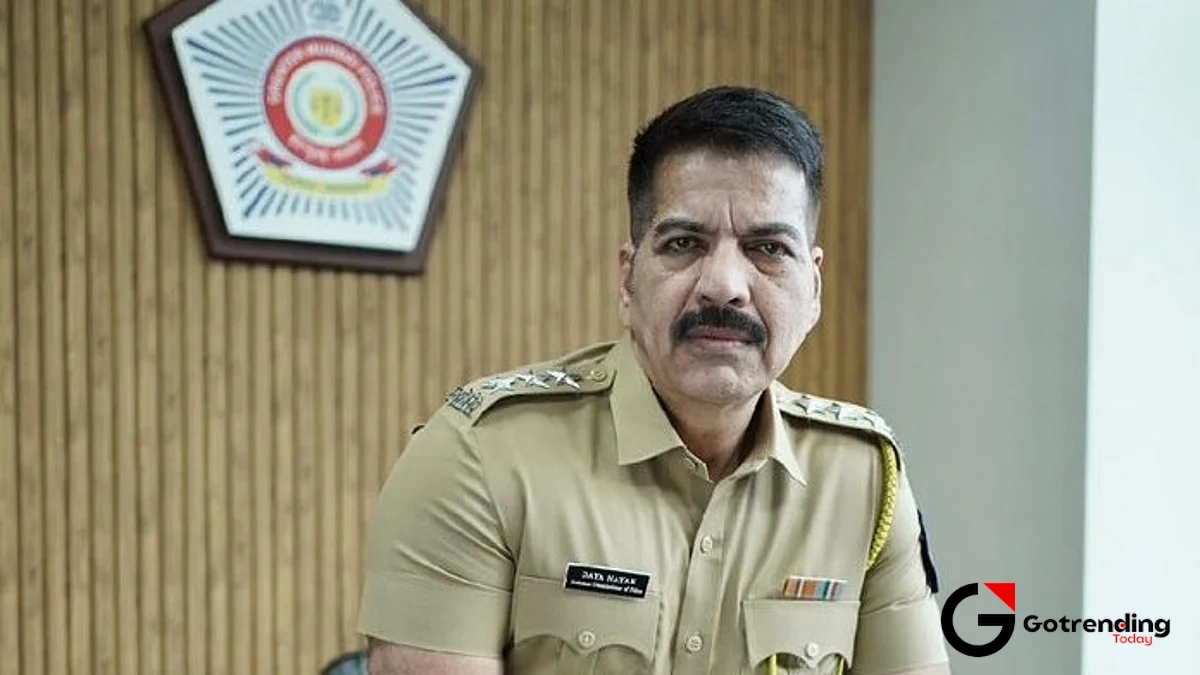
And then, the music stopped. The narrative flipped. The very thing that made him a hero his proximity to the underworld and his uncanny ability to navigate its murky waters became his undoing. Suddenly, the questions started.
How did a humble police inspector amass so much wealth? A disproportionate assets case was filed against him. He was investigated for alleged links to the very gangsters he was supposed to be fighting. It was a stunning reversal of fortune. The hunter became the hunted, investigated under the stringent Maharashtra Control of Organised Crime Act (MCOCA) the same law he had used against so many criminals.
Suspension. Arrest. Years of legal battles.
It’s a classic Icarus tale, isn’t it? A man given immense power, flying high on public adoration and departmental backing, who perhaps flew too close to the sun. Or maybe, the system that created him simply decided he was no longer useful. Or maybe he really did cross lines that should never be crossed. The frustrating thing is, we’ll likely never know the whole truth. It’s buried under layers of conflicting reports, hushed whispers, and sealed documents, a bit like some cases that reach the Punjab and Haryana High Court , where the full story remains elusive.
He was eventually cleared of most charges, reinstated, and then… transferred. Shunted from the prestigious Crime Branch to a local police station, then to another unit, then suspended again. His career became a pendulum, swinging between reinstatement and obscurity. The man who was once the face of the Mumbai Police became its most famous enigma.
The Man, The Myth, The Image
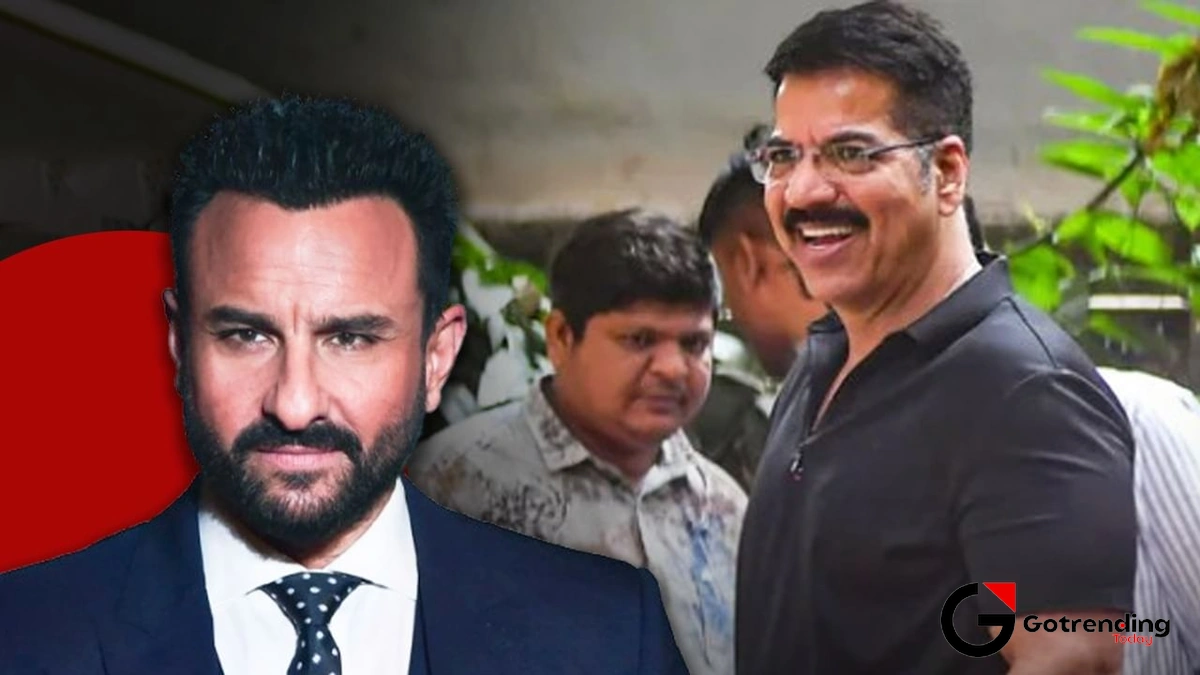
So who is the real Daya Nayak ? Is he the fearless cop? The corrupt officer? The victim of a departmental conspiracy? Or all of the above?
There’s another side to him, one that complicates the picture even more. He built a school in his native village in Karnataka. An act of pure philanthropy? An attempt at image-building to counter the negative press? Why can’t it be both? Human motivations are rarely simple. We want our heroes to be saints and our villains to be monsters, but reality is almost always a complex mix. It’s a puzzle that requires more than just a quick look, not unlike trying to figure out the solution to Wordle Today ; you need to consider all the angles.
He’s a man who understands the power of narrative. His story inspired films, most notably the gritty, brilliant Ab Tak Chhappan. He became a celebrity, rubbing shoulders with Bollywood stars. He crafted a persona. But behind the larger-than-life image is a government servant whose life has been defined by extreme highs and devastating lows. The journey of Daya Nayak is, in many ways, the story of Mumbai itself over the last three decades a tale of ambition, violence, compromise, and a relentless will to survive.
FAQs About Mumbai’s Famous Encounter Cop
Was the movie ‘Ab Tak Chhappan’ really based on Daya Nayak?
Yes and no. While it’s widely believed that Nana Patekar’s character, Sadhu Agashe, was heavily inspired by the life and career of Daya Nayak , it’s not an official biography. The film captures the essence of the “encounter specialist” phenomenon of that era and the moral dilemmas these officers faced. Think of it as a fictionalized story rooted in the very real, very public exploits of Nayak and his colleagues.
How many encounters is Daya Nayak actually credited with?
The most commonly cited figure is 83 encounters, resulting in the deaths of numerous alleged gangsters. This number made him one of the most famous and feared members of the Mumbai Police’s encounter squad during the late 1990s and early 2000s.
So, why was Daya Nayak suspended so many times?
It’s complicated. The primary reasons for his suspensions and legal troubles revolved around allegations of disproportionate assets (possessing wealth beyond his known sources of income) and supposed links to the underworld. He was investigated and even arrested but was later acquitted of many serious charges. His career has been a rollercoaster of suspensions and reinstatements, often tied to ongoing inquiries or departmental politics.
What is the latest news on Daya Nayak?
As of recent years, Daya Nayak has been reinstated into the Maharashtra Police force. He was transferred to the Anti-Terrorism Squad (ATS) and has held various postings. His days as a high-profile “encounter specialist” are behind him, but he remains a serving police officer, a figure of constant media curiosity and a living legend within the department.
Ultimately, the story of Daya Nayak isn’t just about one man. It’s a mirror. It reflects a time when a city was so desperate for order that it was willing to celebrate a brutal form of justice. It forces us to ask uncomfortable questions about the price of security and the lines we’re willing to let law enforcement cross in our name. His legacy is neither heroic nor villainous; it’s a cautionary tale, written in the chaotic, unforgettable ink of Mumbai’s streets.
